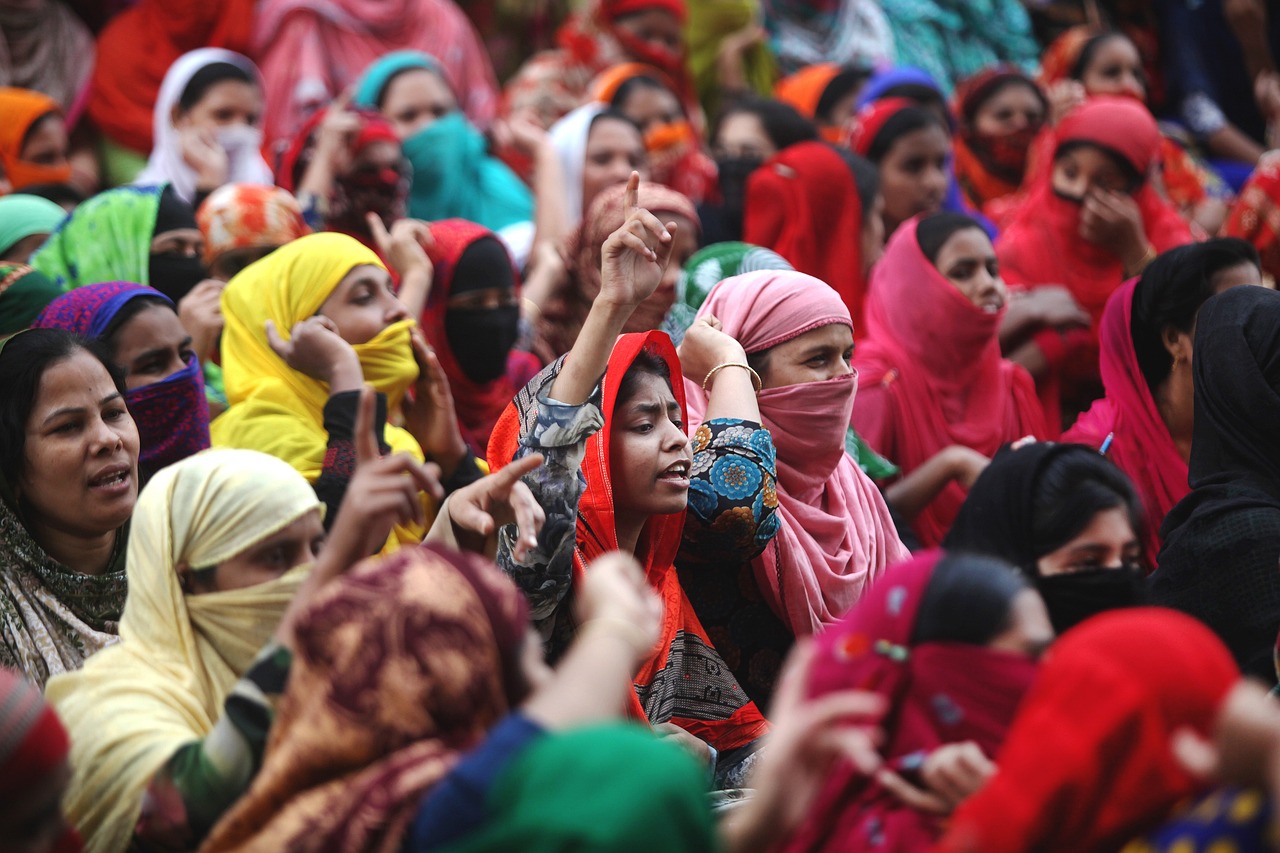Quota System in Bangladesh:
- Historical Context: Bangladesh has had a quota system in place for decades, designed to ensure representation for various groups, including freedom fighters’ families, indigenous communities, and other underprivileged segments of society.
- Quotas were allocated for specific groups in government jobs, educational institutions, and other public sectors. For instance, there were quotas for the children of freedom fighters, indigenous people, and women.Many students and job seekers felt that the quota system had led to unfair advantages for some groups and was obstructing merit-based recruitment and admissions.Here were allegations that the quota system was being manipulated and abused, leading to resentment among those who felt that their qualifications were being undermined by the quota-based selections.The protesters demanded the removal or reform of the quota system, advocating for a more merit-based approach to public service recruitment and educational admissions.
Key Events
The quota protests began in April 2018, with students from Dhaka University leading the demonstrations. The movement quickly gained momentum, attracting participants from various educational institutions and youth organizations. Large-scale protests and rallies were organized in Dhaka and other major cities. The demonstrators highlighted their demands through peaceful marches, sit-ins, and media campaigns.
Government Response:
- The government’s response included deploying police forces to manage the protests. There were reports of clashes between the protesters and the police, leading to injuries and arrests. In response to the mounting pressure, the government initiated dialogues with student leaders and other stakeholders to address the issues raised by the protesters. In the wake of the protests, the government announced a reduction in the quota system. In July 2018, the Cabinet approved a policy to reduce quotas from 56% to 10% in public service recruitment, with a focus on merit-based selection. The revised quota policy aimed to ensure a more balanced approach, with the majority of positions allocated based on merit while still reserving a smaller percentage for underprivileged groups.
Impact on Future Policies:
- The quota reform sparked ongoing discussions and debates about the balance between meritocracy and social justice. There were mixed reactions from different segments of society, with some supporting the reforms while others expressed concerns about the potential impact on underrepresented groups. While the initial protests led to significant policy changes, there have been continued calls for further reforms and scrutiny of how the new quota system is being implemented.
Legacy
The quota protests in Bangladesh were a significant social movement that brought attention to issues of fairness and representation in public service recruitment and education. The movement’s impact on policy and public discourse underscores the importance of addressing both merit and social equity in governance and public administration.




